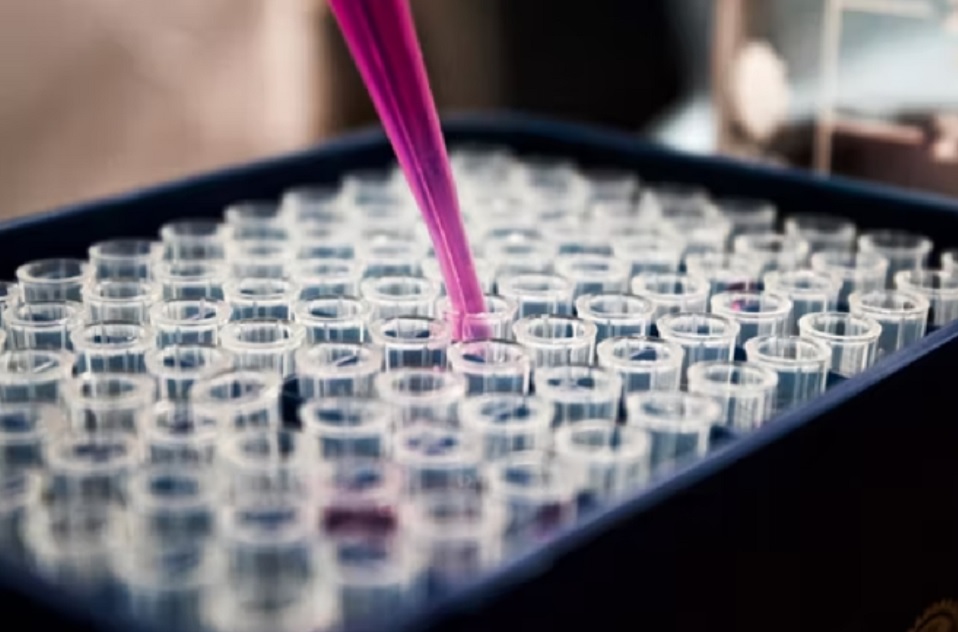As fentanyl use and addiction continue to rise throughout the United States, the CDC has warned that opioid testing is crucial to keeping people safe.
According to the Centers for Disease Control and Prevention (CDC), more than 56,000 deaths in 2020 were attributed to fentanyl or other synthetic opioids. While it may seem like an impossible task to keep up with such deadly substances, there are several ways you can test for fentanyl to protect yourself and your loved ones from harm.
In this article, we have discussed everything you would want to know about fentanyl testing.
What is Fentanyl
Fentanyl is a synthetic opioid that is used to alleviate pain. It’s up to 100 times more powerful than morphine and can be prescribed to treat severe pain, such as that caused by cancer or chronic conditions.
While it has legitimate medical uses, fentanyl has also been found in illegal drugs like heroin and cocaine, where it can be sold on the black market under different names, such as “China White.”
Reasons for Testing Fentanyl
According to the DEA-the United States Drug Enforcement Administration, fentanyl is the deadliest drug threat facing the country. Just two milligrams of fentanyl, the amount that fits on the tip of a pencil, can be a potentially deadly dose.
There are many reasons why you might want to test for fentanyl. As a safety measure, testing is important in the workplace and healthcare settings. If you’re dealing with drug abuse or addiction, testing can help you understand what’s going on and how to address it. When someone overdoses on fentanyl, knowing if other substances were involved is crucial for treating them effectively.

Testing also plays an important role in law enforcement efforts to stop drug trafficking and drug smuggling operations by identifying the presence of fentanyl within the context of a crime scene investigation.
Types of Tests
If you want to know how to test for Fentanyl, there are several ways you can do that. You can do it yourself on the spot or send it to a lab for analysis. The more accurate fentanyl test involves samples of:
- Hair: Hair is one of the preferred methods because it’s easy to collect and can be tested long after the drug has left your system. Results may show traces of drugs up to 90 days after you last used them, although this varies depending on how often you take drugs and how much you use each time.
- Urine: This method is good for immediate results but not as reliable as a hair test because the substance doesn’t stay in your system very long. As soon as you’ve stopped using, traces will disappear from urine tests within 24 hours, though some drugs may linger longer than others.
Cut-off Levels
When you’re getting ready to take a drug test, you need to be aware of the cutoff levels of that test. This is the point at which a drug test will be positive for the presence of drugs in your system.
Cutoff levels are set by each manufacturer and can vary between kits. Higher cutoffs mean more false positives and vice versa. The lower the cutoff level, the greater chance you’ll have of testing positive if you’ve taken a small amount or have been exposed to drug residue on someone else’s clothing or belongings.
False Positive
False positives can occur, especially when testing for the presence of fentanyl. There are a few reasons why this happens:
- The test is not sensitive enough to detect the drug at all.
- The sample was contaminated and has no trace of fentanyl in it whatsoever.
- The sample was contaminated with an outside substance that is similar to fentanyl. For example, carfentanil.
- You were exposed to fentanyl in another way, and you’re getting false positives because your body is producing antibodies that match the test results from your exposure and are causing false positives.
Confirmation Testing
Confirmation testing is a second test that is used to confirm the results of the first test. Confirmation tests are usually done in a laboratory, where more sensitive methods such as gas chromatography-mass spectrometry (GC/MS) or liquid chromatography-mass spectrometry (LC/MS) can be used to detect fentanyl.
These confirmation tests are more accurate than the initial drug tests because they use different chemical reactions to detect fentanyl, which makes them less likely to produce false positives or negatives.
Fentanyl Testing Has Become a Necessity
According to 90.5 WESA, people in Pennsylvania who carry or buy fentanyl testing strips will no longer face criminal charges for possession of drug paraphernalia. Earlier, the test strips were considered the same as illegal drug paraphernalia.
Fentanyl testing is important for your health and safety. It’s also important for the health and safety of your family and your community.
Why? Because fentanyl is a drug that can be deadly, even in small doses. The number of people overdosing on this drug is increasing every year, so knowing if a loved one or friend has it in their system can save their life.
Conclusion
As you can see, several different ways can test for fentanyl. Each method has its pros and cons, but they all have one thing in common, they’re effective at catching users before they put others at risk.
